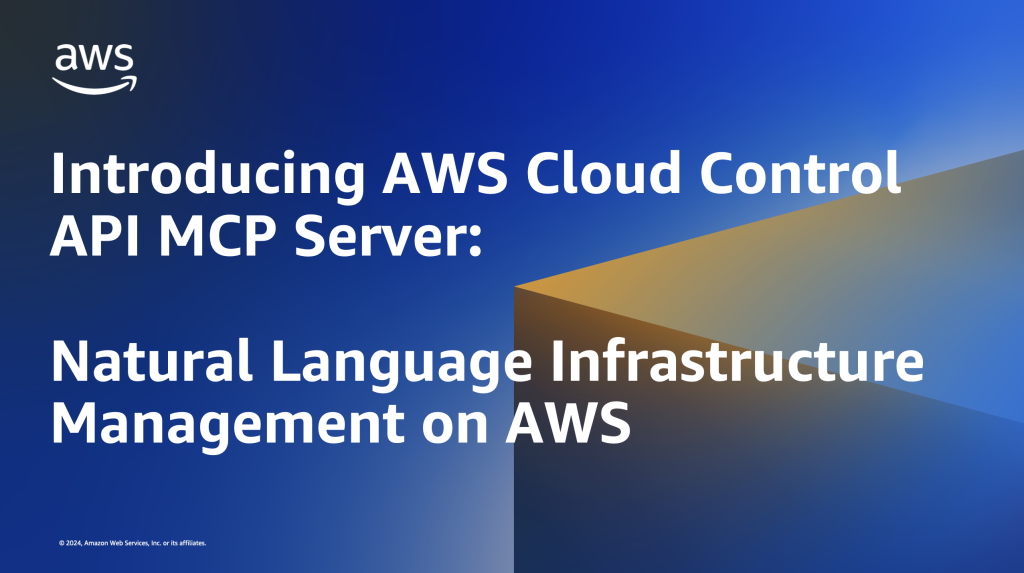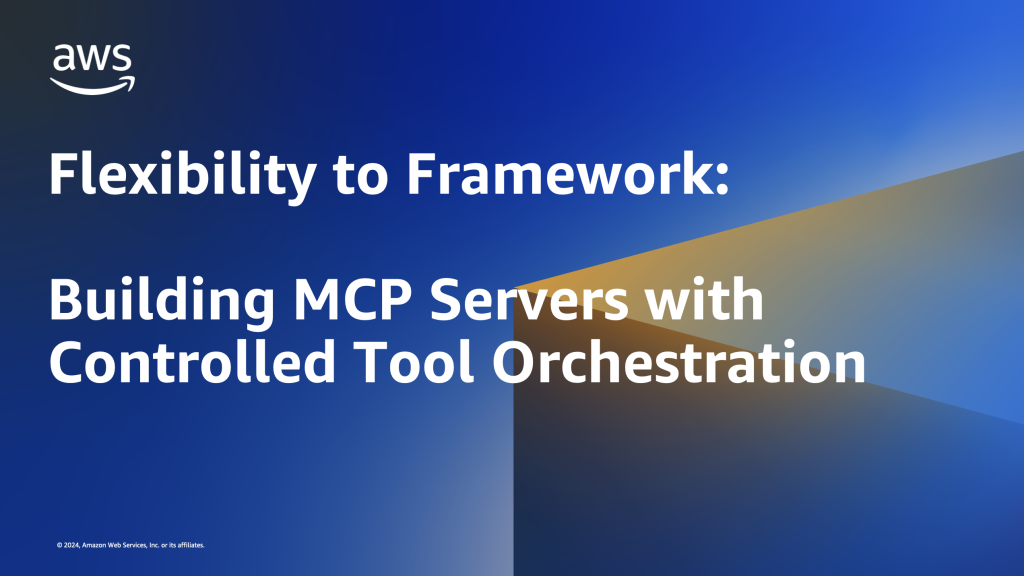AWS DevOps & Developer Productivity Blog
Category: Top Posts
Multi-Cloud Code Deployments using Amazon Q Developer with Echo3D
Overview Founded in 2018, echo3D built a revolutionary 3D digital asset management (DAM) platform to address the surging demand for immersive content across industries. The company’s platform enables enterprises to seamlessly store, secure, optimize, and share 3D content, serving over 200,000 professionals across energy, healthcare, gaming, retail, and beyond. echo3D’s platform has become the go-to […]
Introducing AWS Cloud Control API MCP Server: Natural Language Infrastructure Management on AWS
Today, we’re officially announcing the AWS Cloud Control API (CCAPI) MCP Server. This MCP server transforms AWS infrastructure management by allowing developers to create, read, update, delete, and list resources using natural language. As part of the awslabs/mcp project, this new and innovative tool serves as a bridge between natural language commands and AWS infrastructure […]
Flexibility to Framework: Building MCP Servers with Controlled Tool Orchestration
MCP (Model Context Protocol) is a protocol designed to standardize interactions with Generative AI models, making it easier to build and manage AI applications. It provides a consistent way to communicate context with different types of models, regardless of where they’re hosted or how they’re implemented. The protocol helps bridge the gap between model deployment […]
Accelerate Serverless Streamlit App Deployment with Terraform
Graphic created by Kevon Mayers. Introduction As customers increasingly seek to harness the power of generative AI (GenAI) and machine learning to deliver cutting-edge applications, the need for a flexible, intuitive, and scalable development platform has never been greater. In this landscape, Streamlit has emerged as a standout tool, making it easy for developers to […]
Terraform CI/CD and testing on AWS with the new Terraform Test Framework
In this blog post, we will show you how to validate Terraform modules and how to automate the process using a Continuous Integration/Continuous Deployment (CI/CD) pipeline.
Testing and creating CI/CD pipelines for AWS Step Functions
AWS Step Functions allow users to easily create workflows that are highly available, serverless, and intuitive. Step Functions natively integrate with a variety of AWS services including, but not limited to, AWS Lambda, AWS Batch, AWS Fargate, and Amazon SageMaker. It offers the ability to natively add error handling, retry logic, and complex branching, all […]
Unit testing IAM policies across multiple accounts
When migrating applications from a development account to a testing or production account, customers often find that AWS IAM policies or Service Control Policies (SCP) for their applications need significant modification to allow the application to deploy and function correctly. This can be a time-consuming process of discovery and remediation to get an application live […]
Creating CI/CD pipelines for ASP.NET 4.x with AWS CodePipeline and AWS Elastic Beanstalk
By Kirk Davis, Specialized Solutions Architect, Microsoft Platform team As customers migrate ASP.NET (on .NET Framework) applications to AWS, many choose to deploy these apps with AWS Elastic Beanstalk, which provides a managed .NET platform to deploy, scale, and update the apps. Customers often ask how to create CI/CD pipelines for these ASP.NET 4.x (.NET […]
Improve Build Performance and Save Time Using Local Caching in AWS CodeBuild
AWS CodeBuild now supports local caching, which makes it possible for you to persist intermediate build artifacts locally on the build host so that they are available for reuse in subsequent build runs. Your build project can use one of two types of caching: Amazon S3 or local. In this blog post, we will discuss […]








